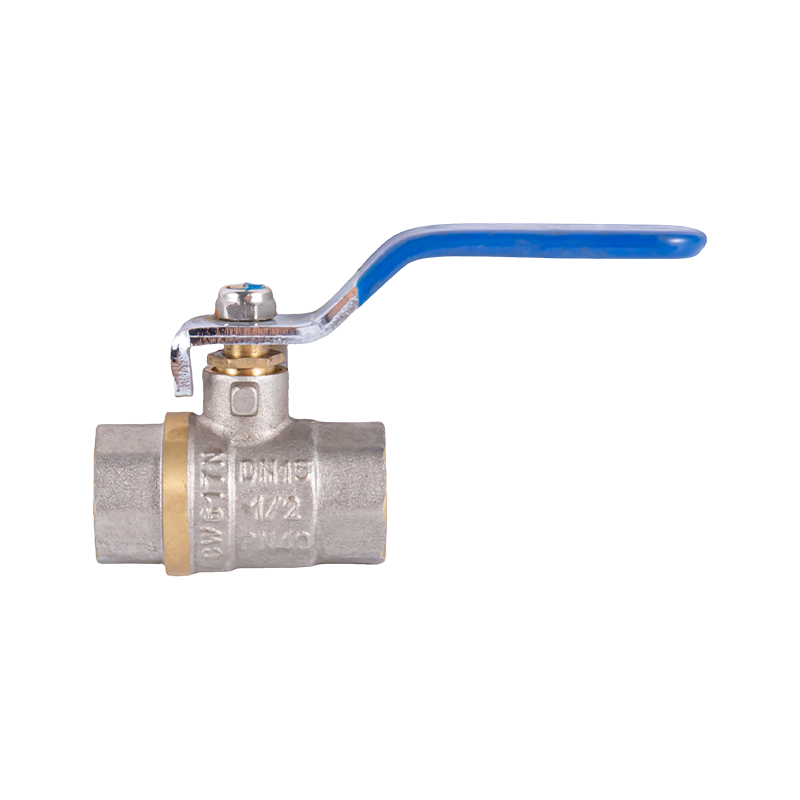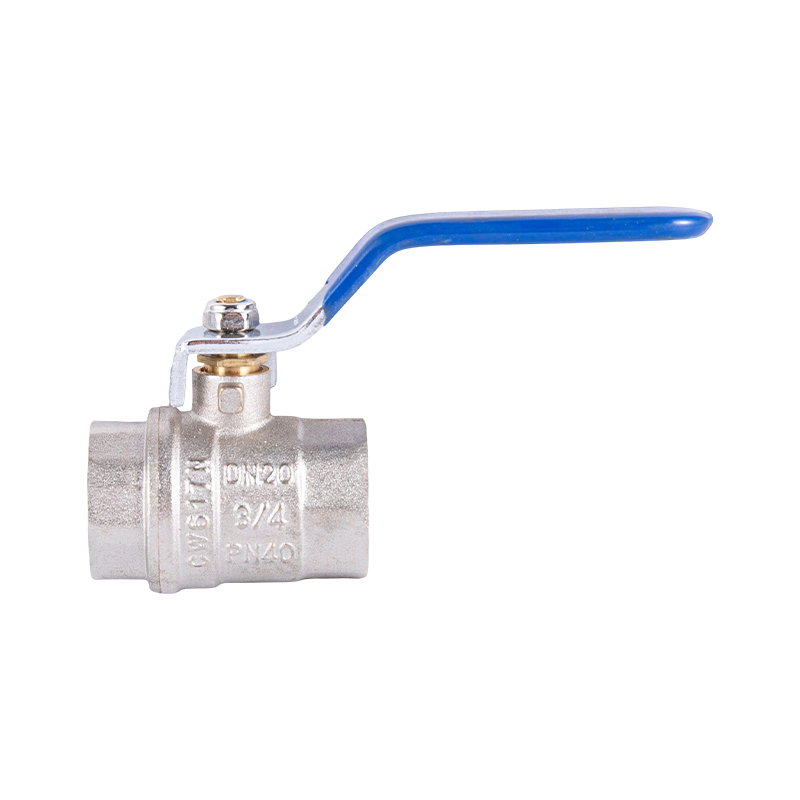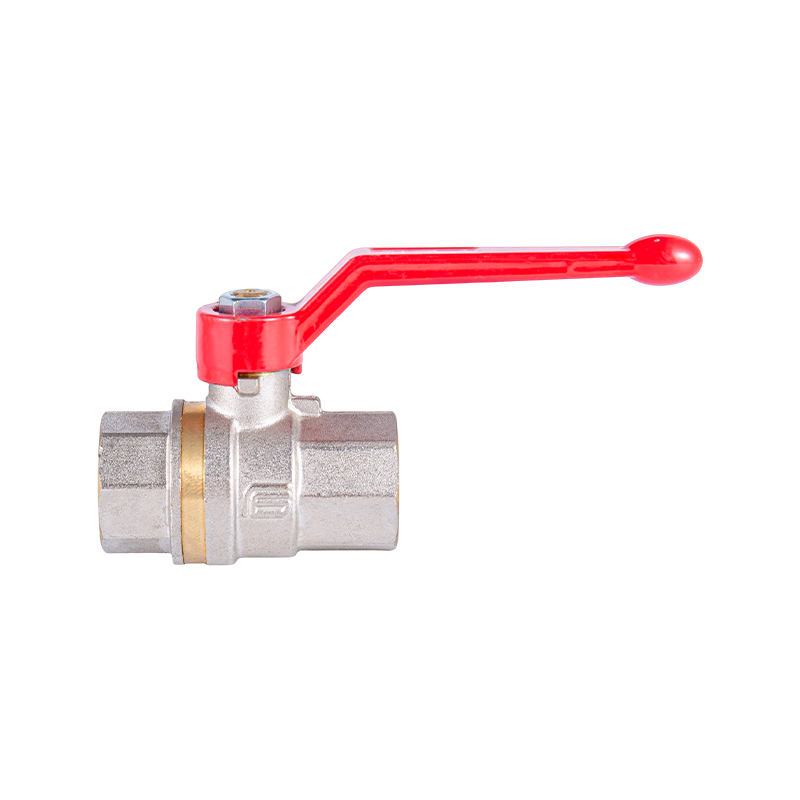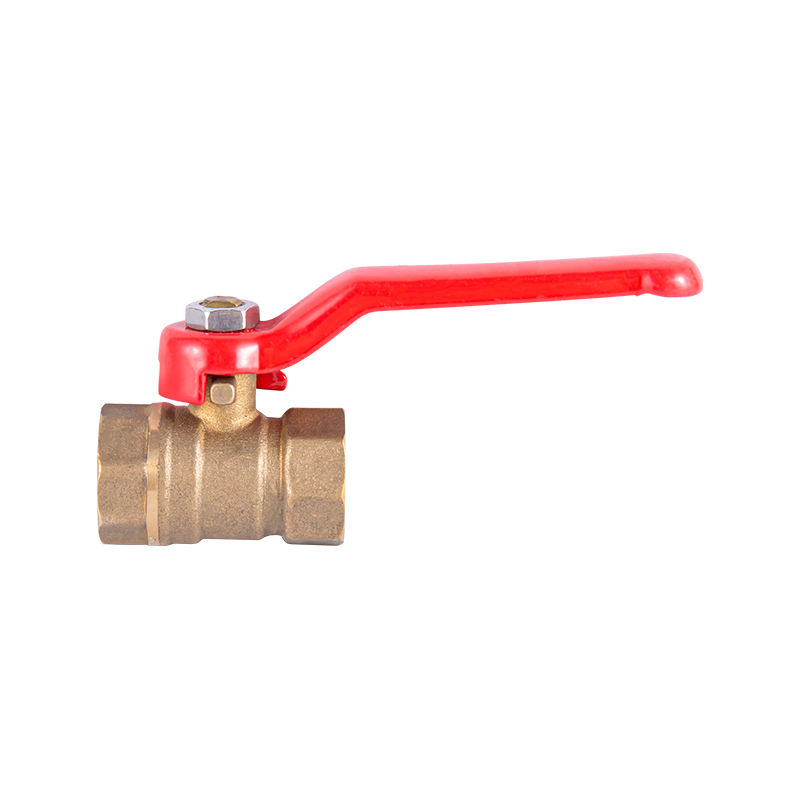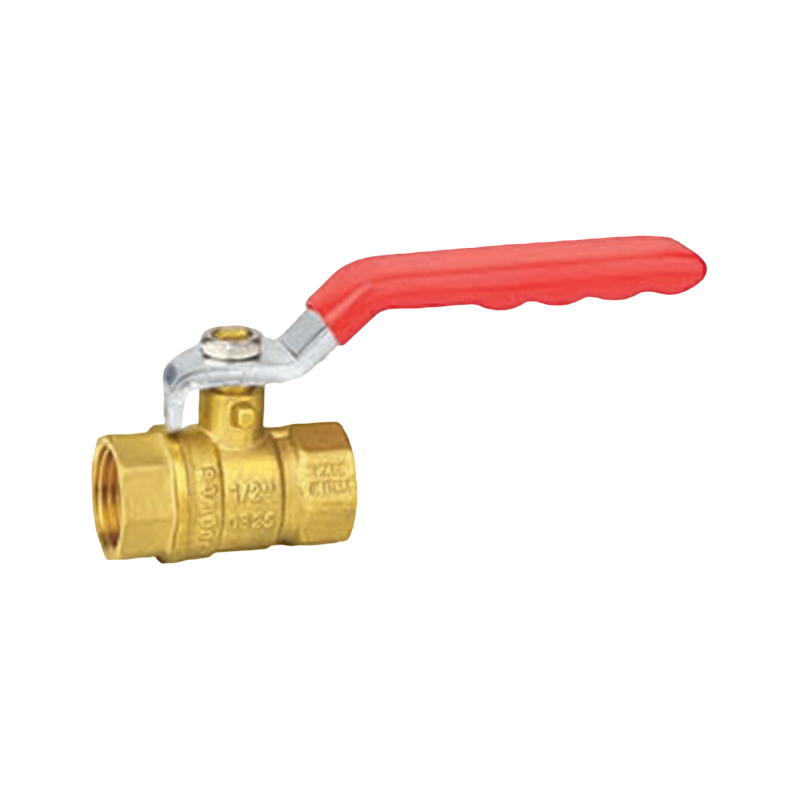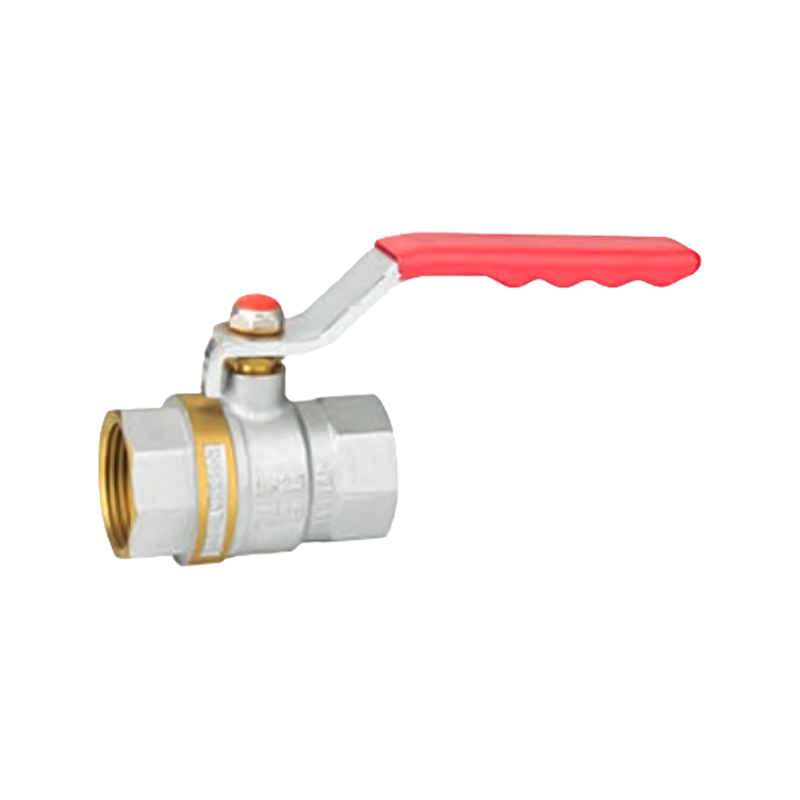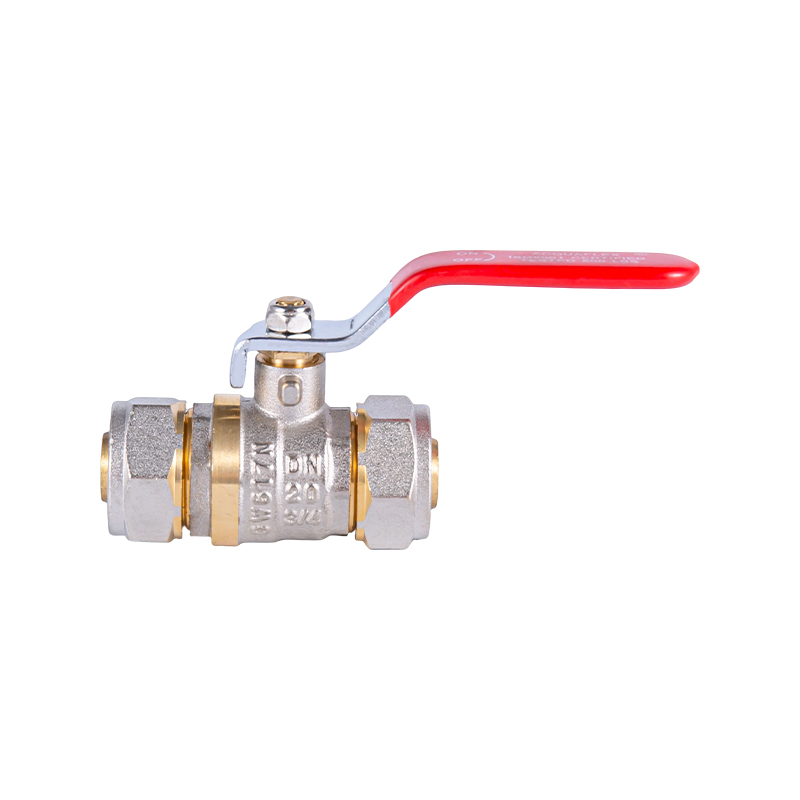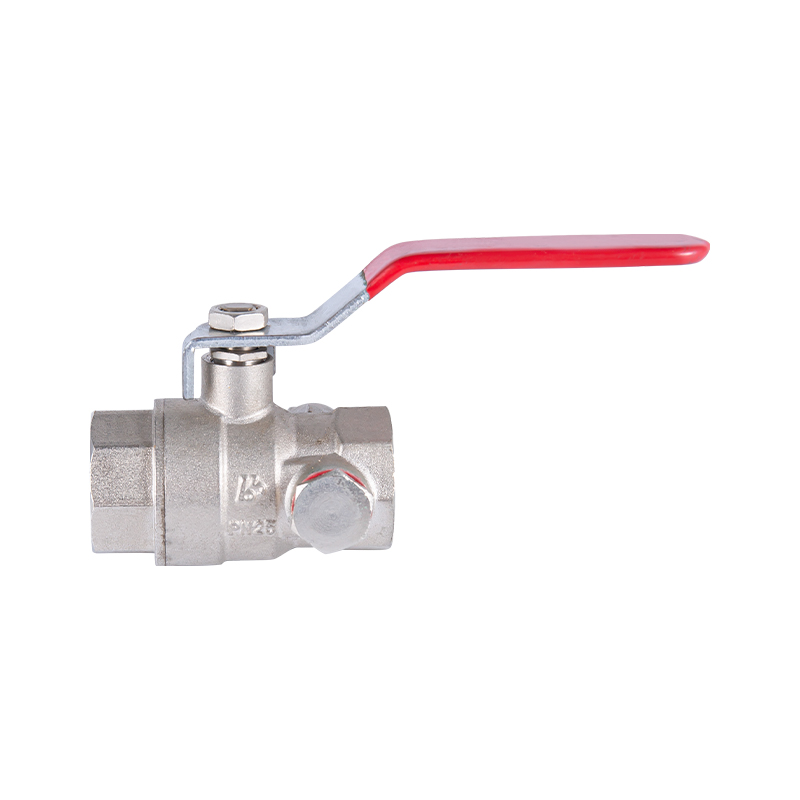Mini Valve Applications Drive Innovation In Compact Systems
In modern industrial and domestic systems, the need for compact, efficient fluid control has grown significantly. Mini Valve technology has become increasingly important as engineers and designers seek to optimize space without compromising functionality. Unlike larger conventional valves, Mini Valve designs allow for precise control in small-scale systems, opening up a range of innovative applications that were previously challenging to achieve.
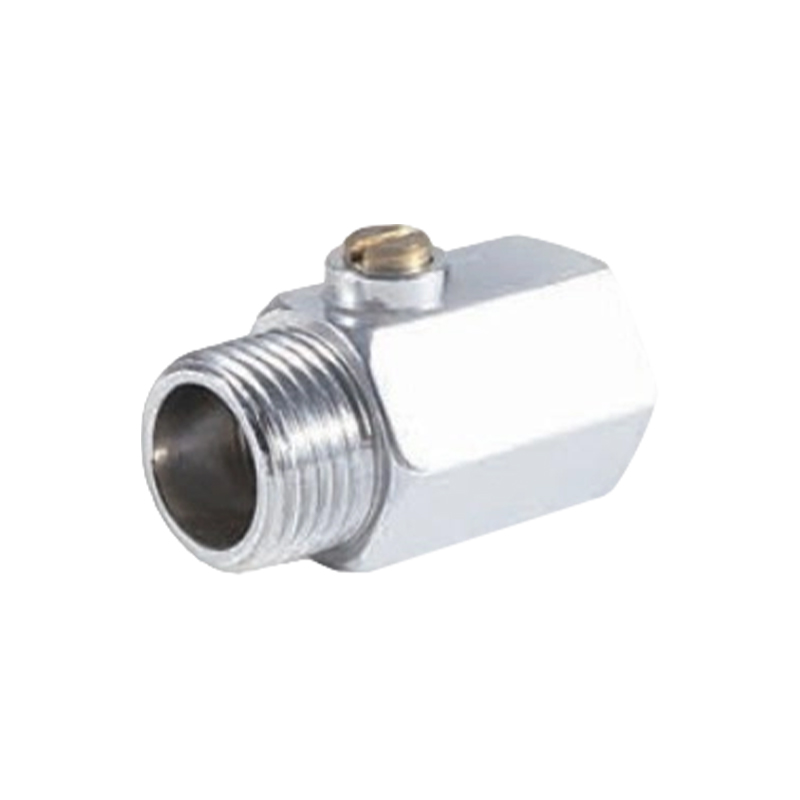
Precision in Tight Spaces
One of the primary advantages of a Mini Valve is its ability to operate effectively in limited spaces. Compact systems, whether in automation machinery or home appliances, often face constraints in installation areas. Mini Valve technology provides a solution by offering fine-tuned regulation of fluid or gas flow while occupying small space. This capability has encouraged designers to rethink traditional layouts, integrating valves in areas where larger components would be impractical.
In conjunction with Mini Valve systems, the use of check in valves has become prevalent. Check-in valves prevent backflow and ensure that fluid or gas moves in the desired direction. In compact systems, where multiple pathways may converge, a check-in valve ensures operational reliability by maintaining consistent flow. By combining Mini Valve and check-in valve functions, small-scale devices achieve performance levels that were previously limited to larger, more complex assemblies.
Industrial Applications and Automation
Industrial machinery has seen notable benefits from Mini Valve adoption. Automated production lines often require rapid response times and precise control over liquids and gases. Mini Valve designs allow for such responsiveness, enabling components to regulate flow accurately even in high-speed operations. Additionally, check-in valves within these systems help prevent contamination or pressure imbalances, which are critical for maintaining operational stability. These valves work together to create systems that are both compact and highly functional, supporting the advancement of automated manufacturing processes.
Water Management and Environmental Systems
Another area where Mini Valve technology demonstrates significant impact is in water management systems. Compact residential and commercial setups benefit from valves that can manage flow efficiently without requiring extensive piping or space. Mini Valves provide consistent control over water distribution, and when paired with check-in valves, they prevent reverse flow that could compromise system efficiency. This combination supports sustainable water use and reduces the potential for leaks or operational disruptions in smaller-scale installations.
Innovation in Consumer and Medical Devices
Consumer appliances and medical equipment increasingly incorporate Mini Valve and check-in valve technologies. Devices such as coffee machines, laboratory instruments, or portable medical systems require precise fluid control within confined areas. Mini Valves deliver this control, allowing for smooth operation while maintaining a compact design. Check-in valves enhance safety and consistency, ensuring that liquids flow in intended directions and avoiding accidental backflow. Together, these components enable developers to create smarter, more reliable devices in space-constrained environments.
Future Potential and Adaptation
As industries continue to focus on efficiency and miniaturization, Mini Valve applications are expected to expand further. Integrating check-in valves with advanced Mini Valve systems allows for multifunctional designs capable of handling complex flow scenarios. This trend is influencing sectors from industrial automation to healthcare and consumer electronics, where compactness and precision are increasingly essential.
The synergy between Mini Valve and check-in valve technology exemplifies how small components can drive large-scale innovation. Their adoption allows engineers and designers to overcome spatial limitations while maintaining performance and reliability. By embracing these solutions, compact systems are evolving in ways that provide functional improvements without requiring extensive redesigns.
Mini Valve and check-in valve technologies together demonstrate that thoughtful design in small components can have far-reaching effects on system performance. As these applications continue to grow, industries will likely uncover even more innovative uses, solidifying their role in the ongoing evolution of compact systems.
-
Feedback


 English
English 中文简体
中文简体 русский
русский Email us now!
Email us now!
